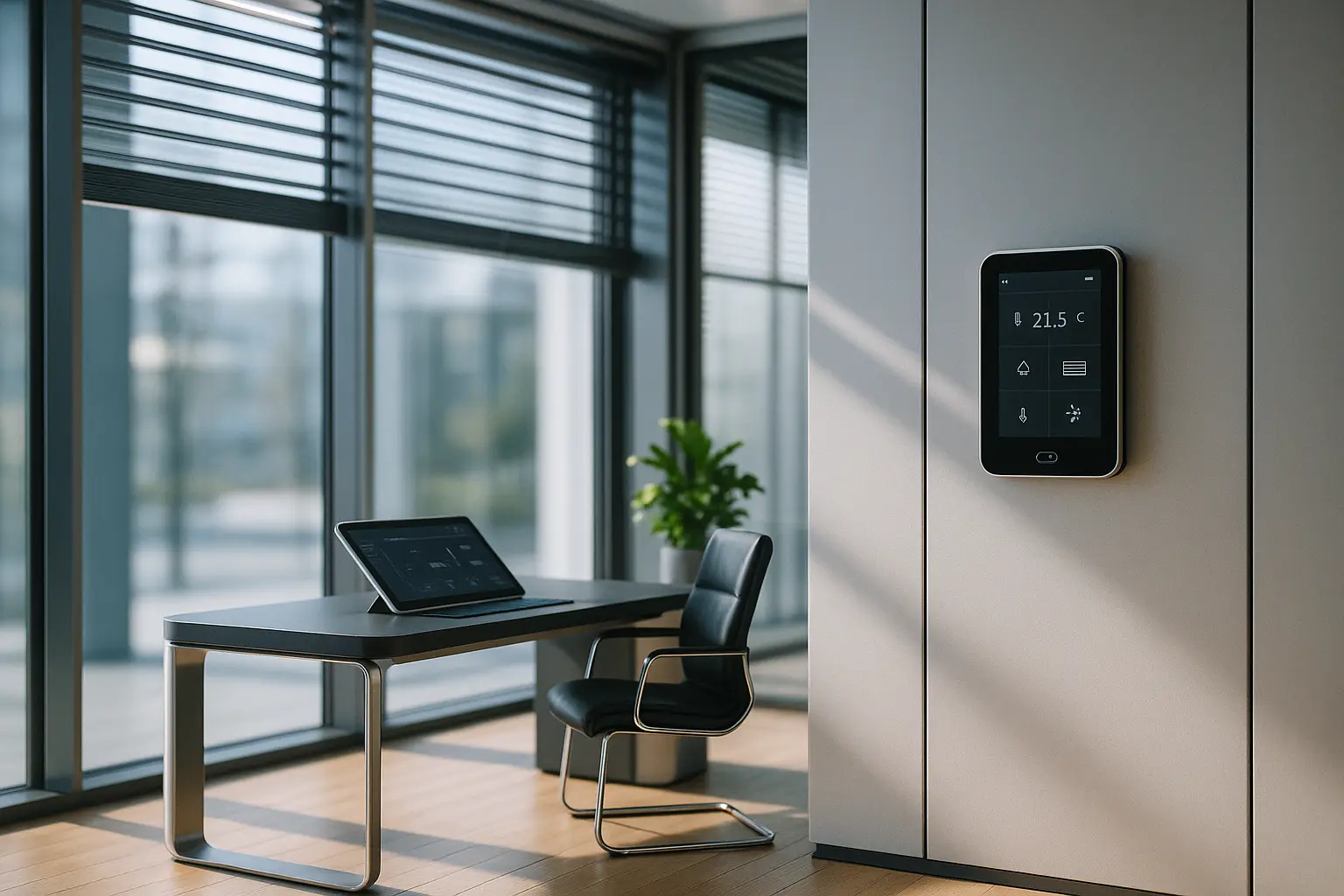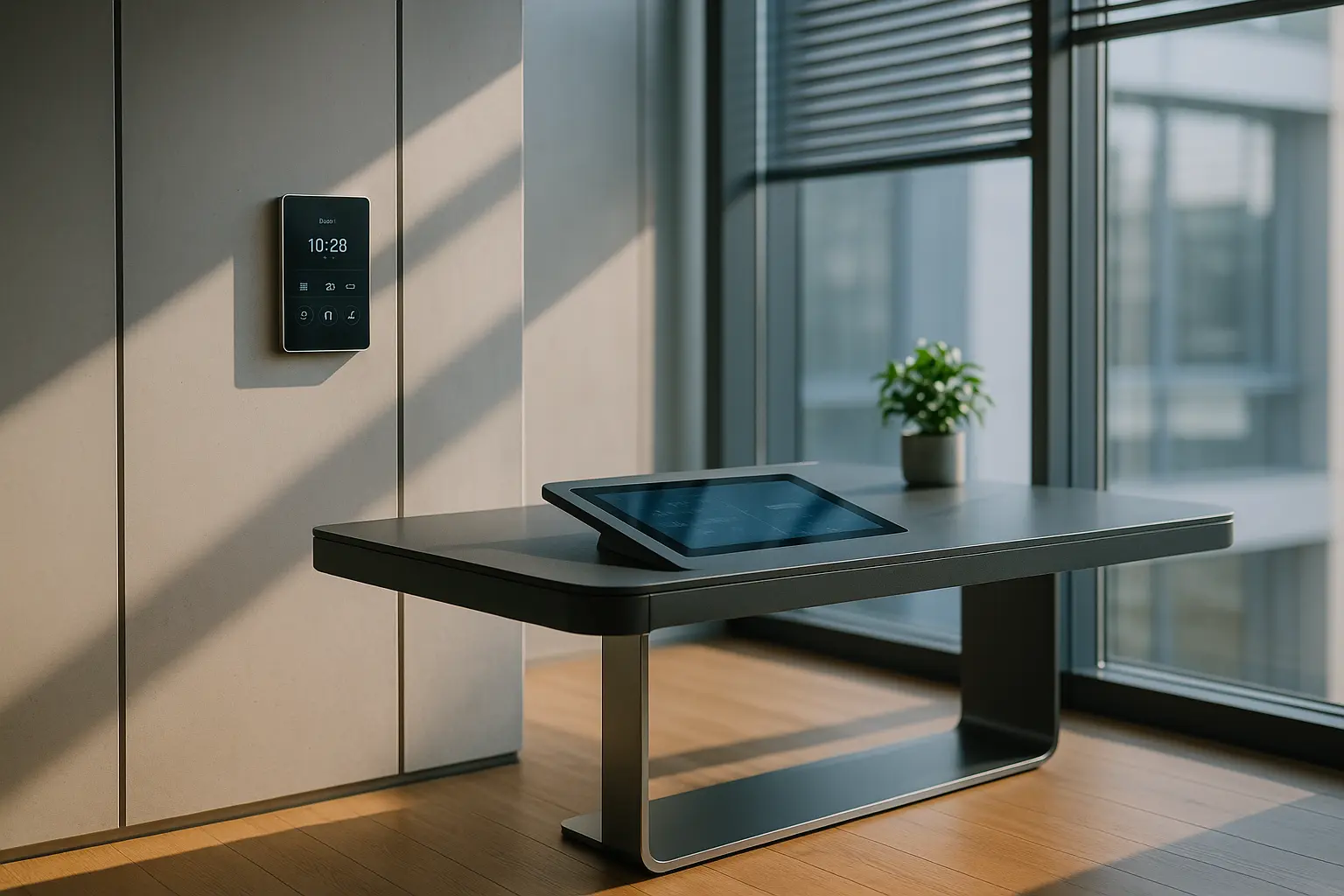As we stand on the brink of a technological revolution, the integration of automation in modern architecture is reshaping our structural landscapes like never before. Buildings are no longer just static structures but evolving entities, smartly designed to enhance our lives with efficiency and sustainability. How we design, construct, and manage these architectural wonders is evolving at a pace hard to fathom. Let’s delve into this rapidly changing world and explore the symbiotic relationship between architecture and technology, which is redefining our built environment. Welcome to the future where smart buildings are not only possible but a reality.
The Role of Automation in Architectural Design
In the digital age, the very foundation of architectural design is being reimagined with the power of automation. As architects, we are equipped with cutting-edge tools that allow us to push the boundaries of creativity and efficiency. Building Information Modeling (BIM), parametric design, and generative design are not just buzzwords but transformative processes shaping our design strategies.
Designing with Precision: Gone are the days of manual drafting. With automation, we have the capability to produce precise designs with speed and accuracy. This not only reduces time but also minimizes human errors, ensuring that each project aligns perfectly with the architect’s vision.
Sustainability at the Core: Automation empowers us to create designs that are energy-efficient and environmentally friendly. We can simulate how different architectural elements interact with natural elements like light and wind, optimizing for energy efficiency and reducing carbon footprints.
Integration of Smart Technologies: From automated lighting systems to adaptive climate controls, our designs are now capable of integrating smart technologies that respond to the needs of its occupants dynamically. This seamless blend of design and technology creates an environment that is not just functional but truly adaptive.
Automation in Construction Processes
The construction industry, often seen as the backbone of architecture, is witnessing a paradigm shift with the advent of automation. The construction processes are becoming more efficient, safer, and significantly faster, thanks to technology.
Robotics and 3D Printing: The introduction of robotic systems and 3D printing in construction has revolutionized the way we build. These technologies allow us to construct complex structures with precision, reducing human intervention and enhancing safety on site. Robots are now laying bricks, pouring concrete, and assembling components, signaling a new era of construction.
Data-Driven Decision Making: Automation provides us with the ability to collect and analyze vast amounts of data in real-time. This data-driven approach ensures that construction projects remain on schedule and within budget, while also highlighting potential challenges before they arise.
Enhanced Collaboration: Digital platforms powered by automation facilitate seamless communication between architects, engineers, and construction teams. This fosters a collaborative approach, ensuring that everyone is aligned with the project goals, from design inception to completion.

Innovative Architectural Systems in Smart Buildings
As we move towards a future dominated by smart buildings, the implementation of innovative architectural systems is crucial. These systems are not just about technological gimmicks but are focused on enhancing the overall experience and functionality of a building.
Intelligent Building Management Systems (BMS): At the heart of smart buildings are BMS, which automate the control of lighting, heating, ventilation, and air conditioning. These systems optimize energy use, leading to substantial cost savings and a reduced environmental impact.
Predictive Maintenance: Using digital tools and analytics, we can anticipate maintenance needs before they become critical issues. This proactive approach not only extends the lifespan of building systems but also ensures a smooth, uninterrupted operation.
Adaptive Workspaces: Today’s work environments need to be as flexible as the teams occupying them. Automation allows us to create spaces that can be reconfigured with ease, catering to changing needs and enhancing productivity. This adaptability is key in a world where the nature of work is continuously evolving.
Harnessing Technology for Enhanced Energy Efficiency
In an era where energy conservation is paramount, leveraging technology to enhance a building’s energy efficiency is not just smart but necessary. Automation plays a pivotal role in ensuring that our architectural projects are aligned with the principles of sustainability.
Smart Sensors and IoT Devices: By integrating smart sensors and IoT devices, we can monitor and control energy consumption with unprecedented accuracy. These devices provide real-time information on how and when energy is being used, allowing us to make informed adjustments that reduce waste.
Renewable Energy Integration: Automation facilitates the seamless integration of renewable energy sources like solar panels and wind turbines. By automatically adjusting their operation based on energy demand and availability, buildings can significantly reduce their reliance on non-renewable sources.
Energy Storage Solutions: With the help of digital technology, energy storage solutions can be optimized to ensure that excess energy is stored and used efficiently. This not only eases the pressure on the grid but also provides a backup during outages, ensuring continuous operation.
The intersection of automation and architecture is more than just a trend; it’s the blueprint for the future of our built environment. As we embrace these advancements, we have the opportunity to create spaces that are not only efficient and sustainable but also adaptable to our evolving needs. Let’s continue to innovate, design, and build intelligently, harnessing the power of technology to enhance our world one structure at a time. Together, we can construct a future that’s bright, smart, and sustainable.
FAQ
What is automation in the context of modern architecture?
Automation in modern architecture refers to the integration of advanced technologies and systems that automatically manage building operations such as lighting, heating, ventilation, and security. These systems are designed to improve efficiency, enhance comfort, and reduce energy consumption.
How does automation enhance energy efficiency in buildings?
Automation enhances energy efficiency by optimizing the use of resources. For example, smart systems can adjust lighting and temperature based on occupancy and time of day, minimizing waste. Sensors can detect when rooms are unoccupied and automatically turn off unnecessary lights and appliances, reducing energy consumption.
What role does automation play in improving building security?
Automation improves building security through integrated systems that include surveillance cameras, motion detectors, and access control systems. These technologies can monitor and manage entry points, detect unusual activities, and alert security personnel in real-time, ensuring a safer environment.
Are there any challenges associated with implementing automation in architecture?
Yes, challenges can include the initial cost of installing advanced systems, the need for skilled personnel to manage and maintain these technologies, and ensuring cybersecurity to protect against potential breaches. Additionally, integrating new systems with existing infrastructure can be complex.
How does automation contribute to the comfort of building occupants?
Automation contributes to occupant comfort by creating personalized environments. Smart systems can adjust temperature, lighting, and airflow based on individual preferences or pre-set schedules. This adaptability ensures that spaces remain comfortable and conducive to productivity and well-being.



